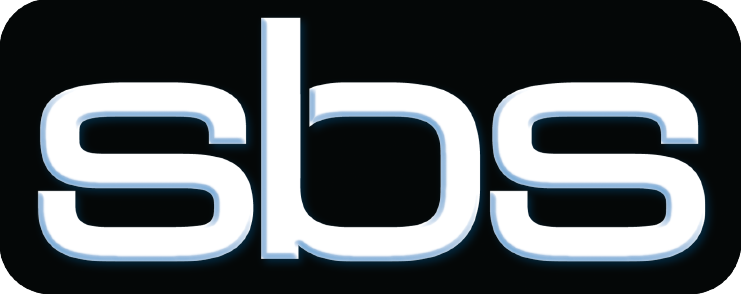Like most of our customers, a large-scale west coast customer has invested time and resources toward becoming a fully digital utility. Robust systems monitor their electric and gas distribution systems, sophisticated GIS platforms aid operators in locating and managing utility assets, and back office financial systems automate many customer service tasks. But even with all this investment in technology, this utility’s designers and estimators were still manually performing engineering analysis calculations in multiple spreadsheets, creating duplicate drawings of the same assets to satisfy both civil construction and electrical design tasks, and manually generating bills of material leading to longer design times and potential errors.
This utility decided to automate and standardize their design process using Automated Utility Design (AUD) from Spatial Business Systems.
Updating materials and equipment: Before AUD, materials were tabulated through EES, spreadsheets, standards, and manual calculations. With AUD, materials are automatically updated when facilities change. This results in time saved, fewer manual calculations, and accurate selection of materials.
Creating all-in-one drawings: Previously, separate drawings required updates with each change, which increased the risk of errors. Using AUD, a single drawing is used for both civil and electric focus, with stylized outputs as needed. This saves time and eliminates duplicate drawings and translation errors.
Automating voltage drop, flicker, and cable pulling calculation: Manual calculations in Excel required extensive data entry before AUD. Now, AUD performs automatic calculations for flicker, voltage drop, and cable pulling, taking elevation changes into account. This leads to more accurate analysis and reduced data entry errors.
Managing revisions: Minor changes previously took significant time to update and recalculate. With AUD, changes automatically update drawings and calculations. As a result, design processes are standardized, error chances are reduced, and design times are faster.
In their full deployment of AUD, they have calculated a significant return on their technology investment:
- The project saved a documented $6.4M in Year 2, with the breakeven point occurring in the first year
- A 78% labor productivity improvement, representing an equivalent of 93 FTE design and engineering capacity created annually
- In a 5-year project, they will realize over 700% ROI
The adoption of AUD by this large-scale utility represents a significant leap forward in the efficiency and accuracy of their design processes. By automating and standardizing various aspects of utility design, the utility not only saves valuable time and resources but also minimizes errors and enhances overall productivity. The integration of AUD into their operations underscores the utility’s commitment to deploying advanced technology to improve service delivery and maintain a robust and reliable infrastructure.



